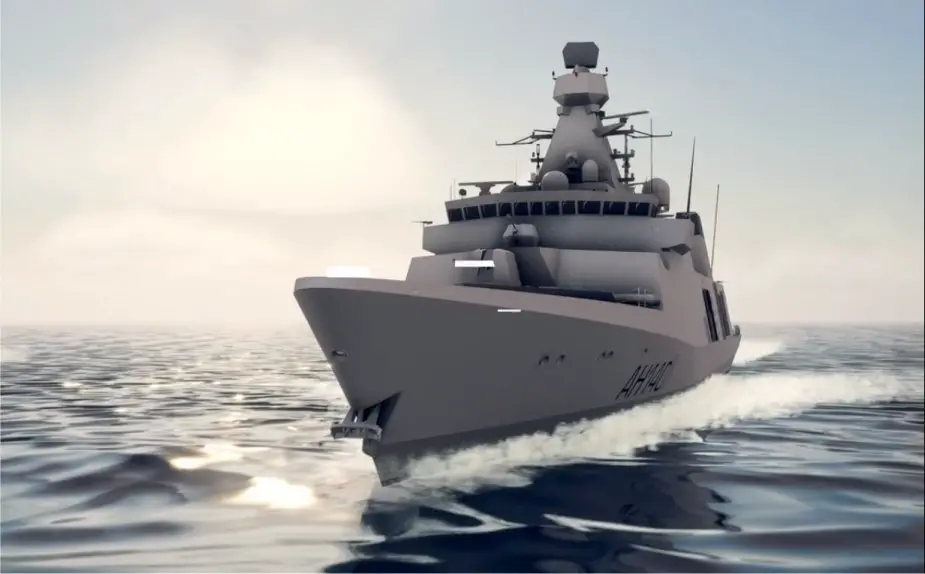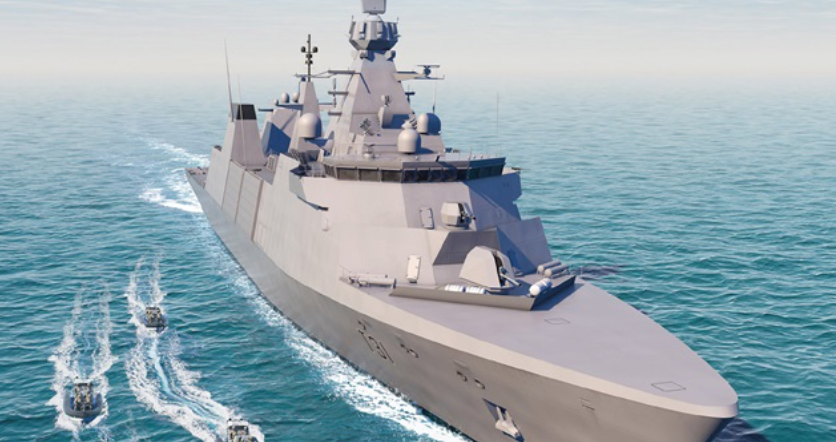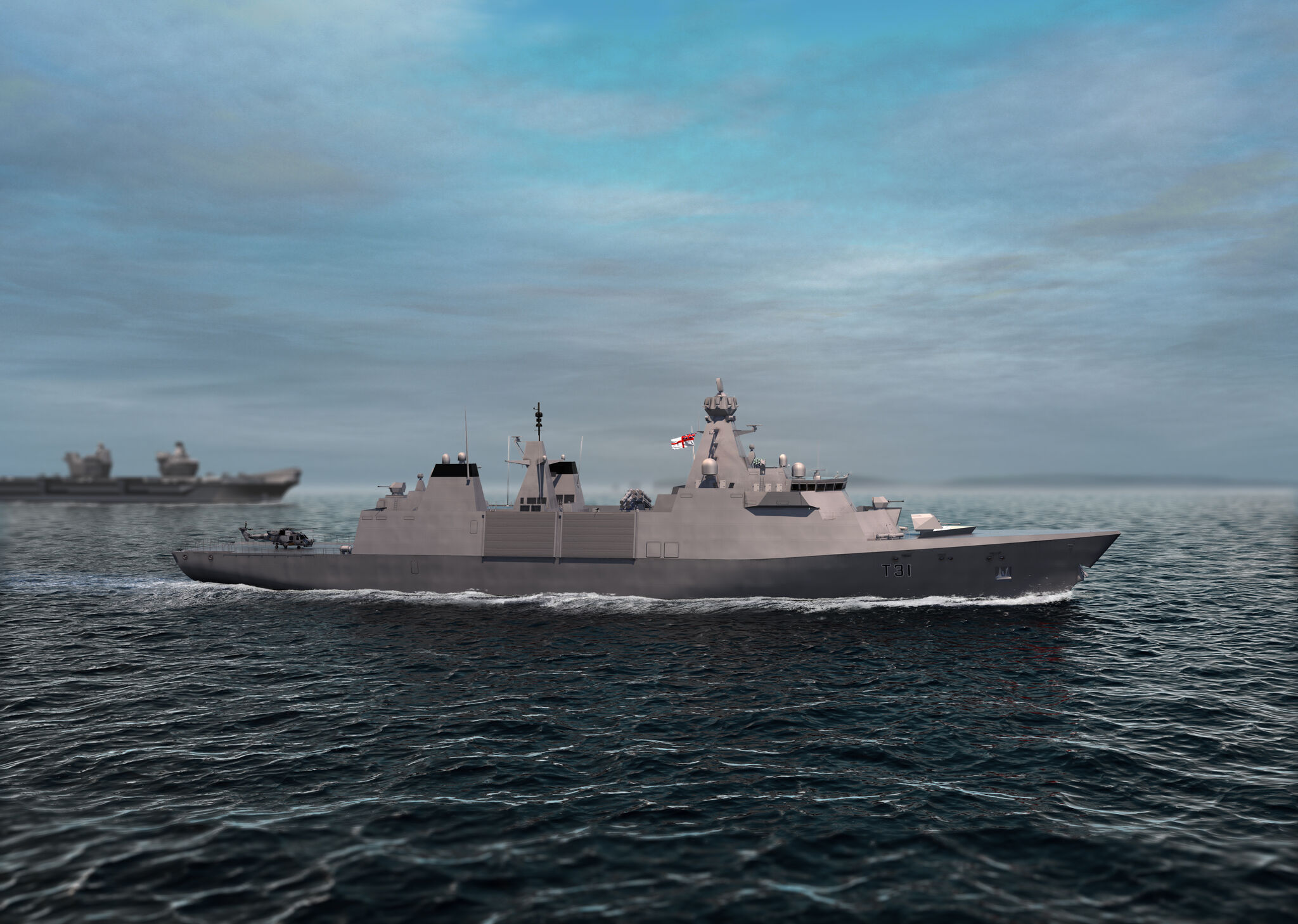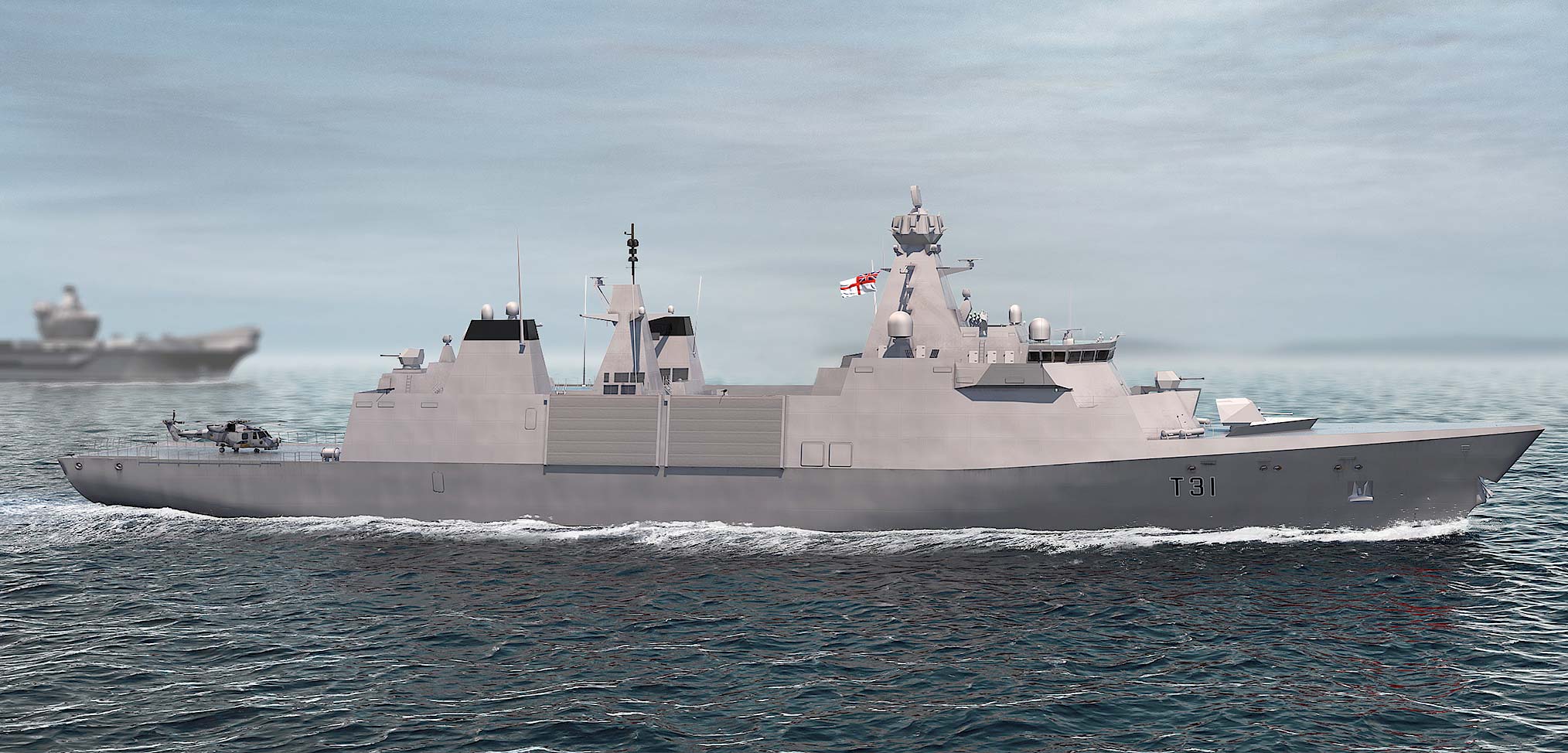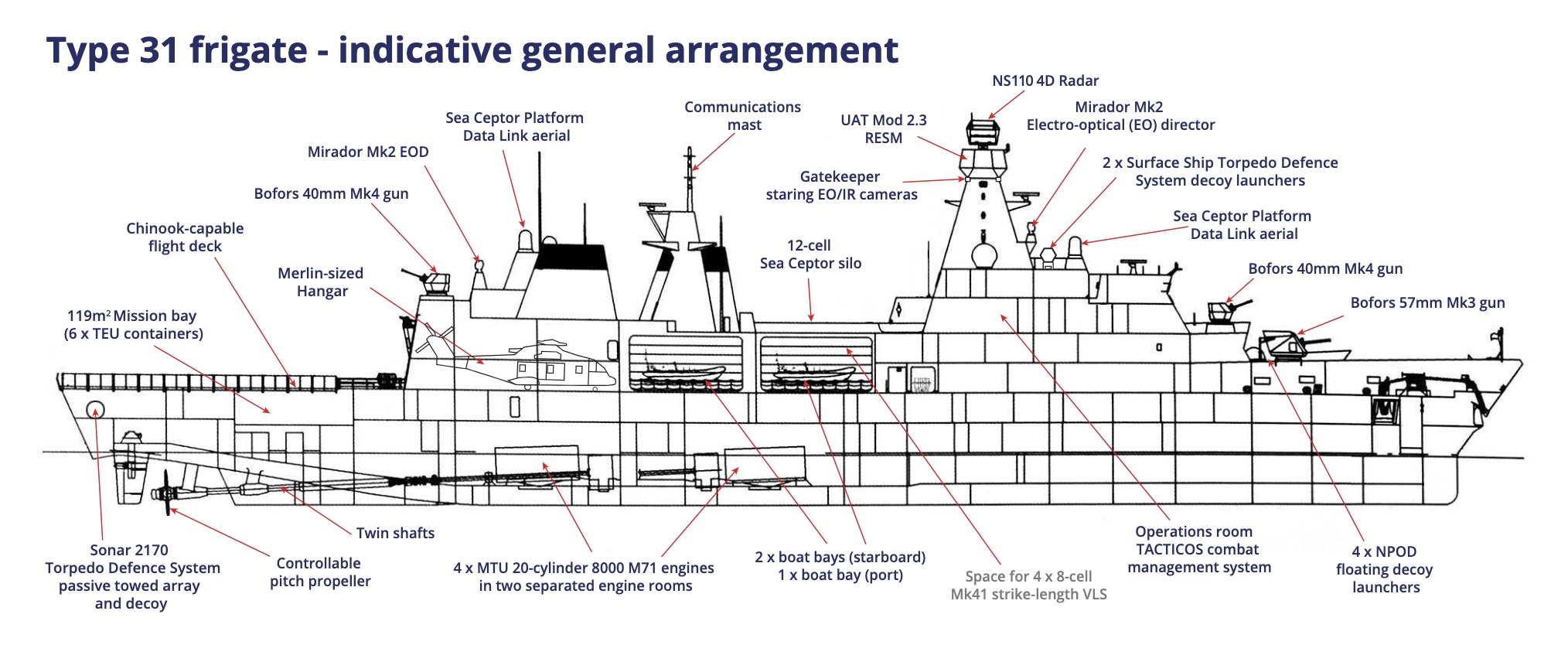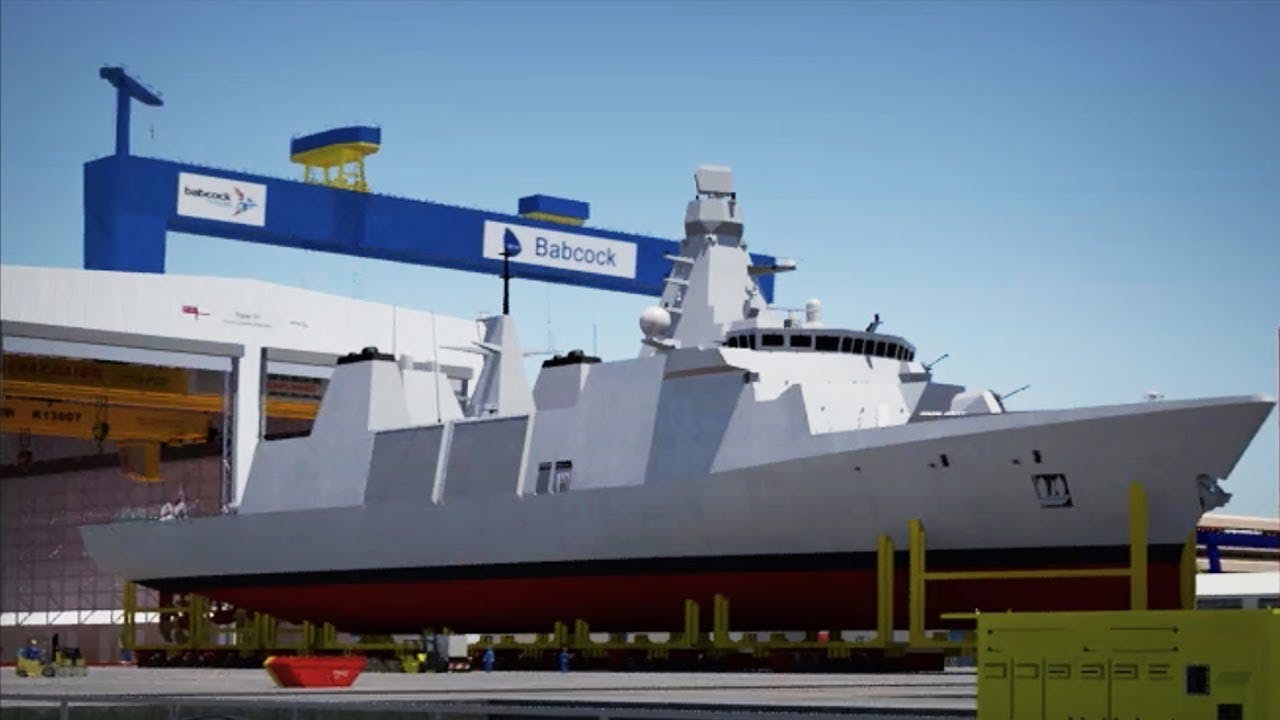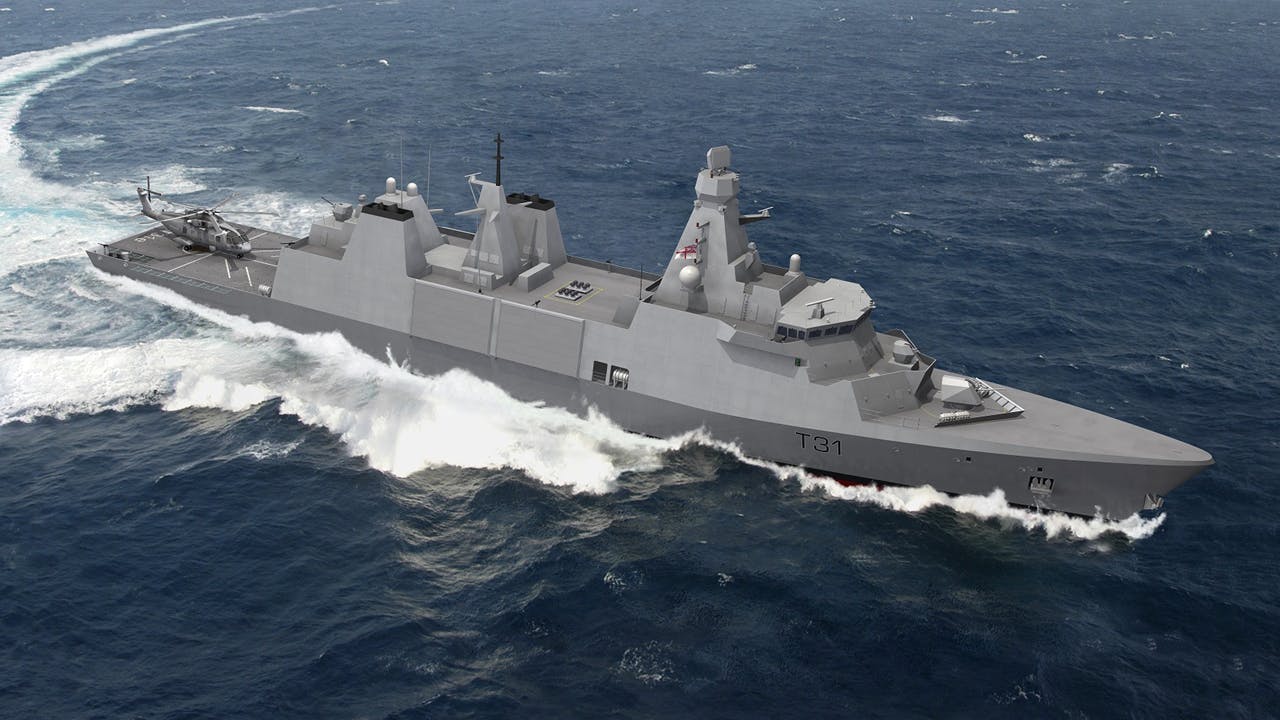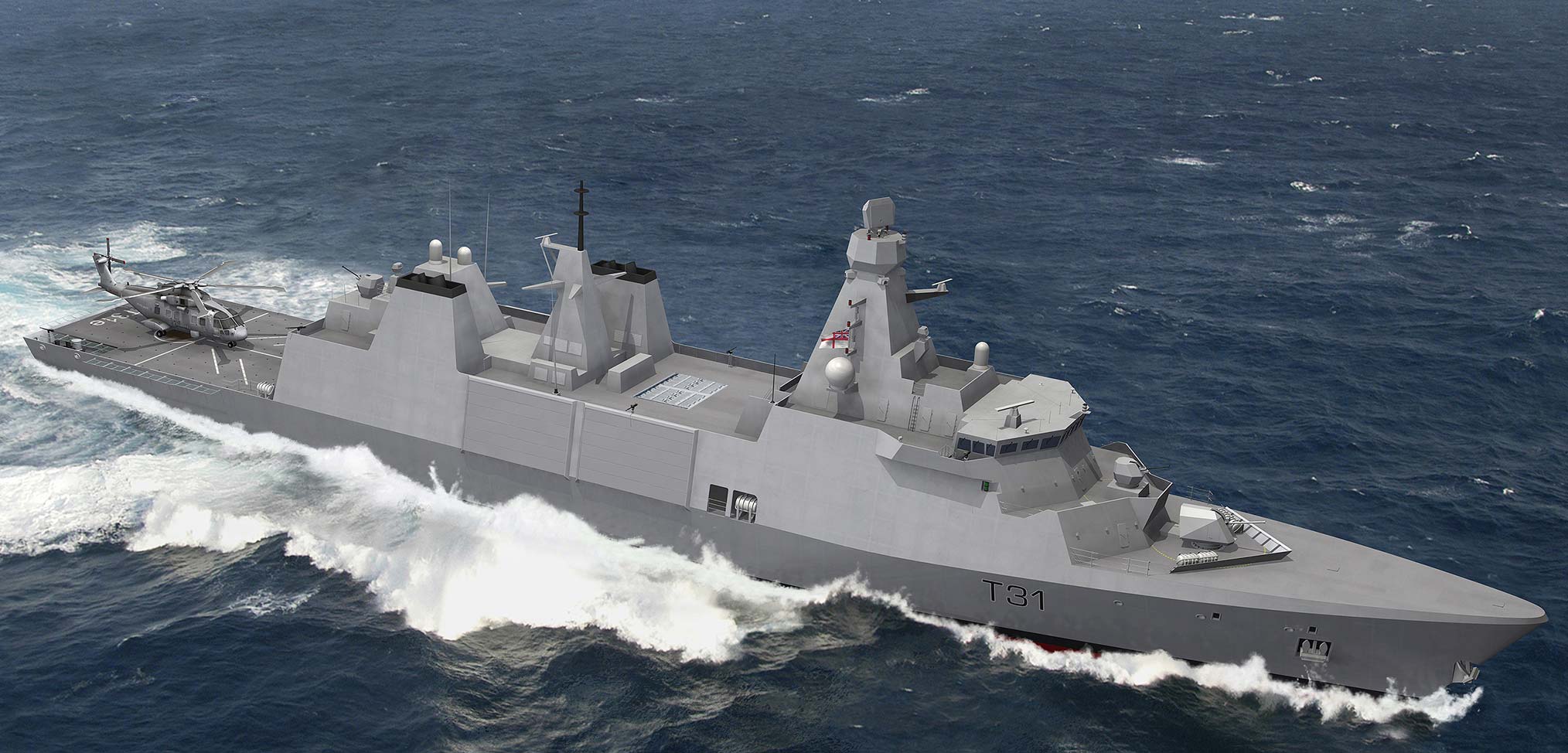THO88
ACCESS: Restricted
- Joined
- 30 November 2020
- Messages
- 35
- Reaction score
- 89
Does that mean that the Independence Class trimaran is considered to be more useful?In the most recent budget for 2023, the USN announced they're early decommissioning all but 6 of the Freedom Class LCS variant
The Freedom class has an issue with the combining gear that is very expensive to fix. The decision to decommission most of the class hinges primarily on this. For a ship with limited capability in conventional naval warfare, It’s better to cut the losses and focus on traditional assets ie new Constellation class frigate
The USN is keeping 15 of the independence class active and they will exclusively operate the MCM mission module, replacing the Avenger class. At the end of the day the USN spent an extravagant amount of money on a minesweeper that can go 40 knots


